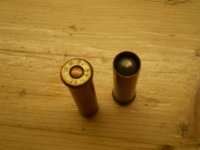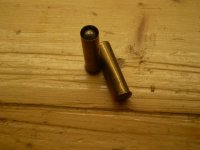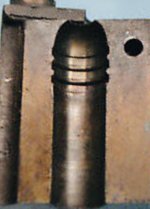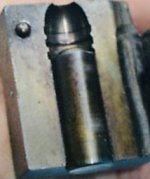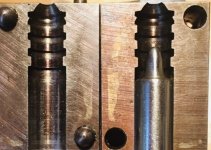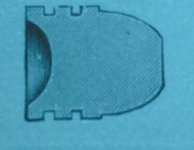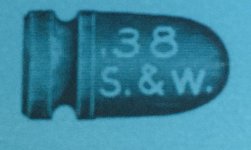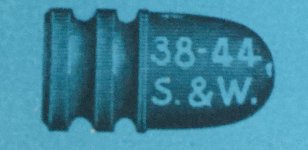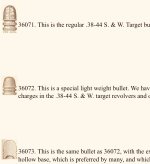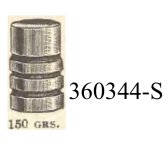I am certain that the molds are very expensive to purchase and I have to say that standard 145g LRN 38 S&W bullets perform very well and are certainly much more economical to buy or cast using a Lee mold.
As for the .357, the cylinder is factory bored straight through as noted above and 357 brass will drop right in. However, the standard 357 length cartridge is too long for the cylinder unless the bullet is set deep into the case. I think the poster was referring to using the brass and not the actual 357 Magnum round. Again, using the 357 case will leave a gap inside the cylinder for the bullet to jump until it enters the barrel. Again, it could tilt, shaving lead, or give erratic results on target, or both.
Lastly, the 28 Special brass can exhibit the same problems as the 357 brass, but since it jumps a longer unconfined space in the barrel, will be more likely to lose velocity, shave lead, and skew the bullet before hitting the barrel. 357 brass is readily available and I even can find it in stock right now, so go buy some brass and buy or cast some 38 S&W bullets if you intend to shoot that revolver.
So far, I have tested about a dozen loads in 38-44 Target and find that a load of 3F, which only fits 10 grains and a 145g LRN shoots quite slow, under 500 fps. To date, I have found that Trail Boss and Unique are offering the best potential, while still running a very mild 600 fps. Remember that the space for powder is quite small once the bullet is fully set in the case, so even small quantities of powder will result in very uniform results with very low SDs. I am also going to try HBWC in .357", thinking that the hollow base will allow the bullet to fully engage the larger rifling.
Part of the fun of shooting this caliber is testing various bullets and loads to find the most accurate powder & bullet combination. I think the Model 3 has the potential to be a real tack driver if one is willing to put in the time.

